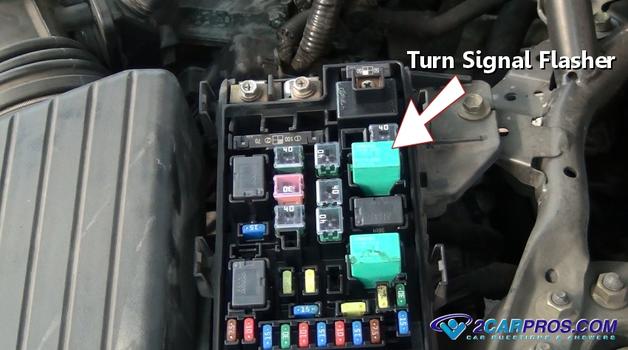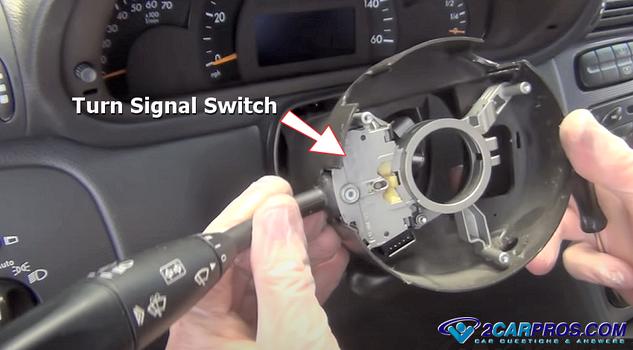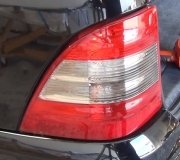Turn signals are intended to help inform surrounding drivers of the vehicle's intended change in direction. Although there are a few different causes for signal failure, directional light problems will commonly affect individual bulbs, one side of the system, either right or left, or a complete breakdown leaving the turn signals non operational.
What Goes Wrong?
As with any lighting system, heat and corrosion can cause issues over time. Bulbs can be burnt out, flashers, BCM's, or lighting control modules can fail, or there can be connection issues brought on by damaged or corroded connectors or wiring failures.
What Does it Cost?
Lighting issues repairs can range from the simple to the complex. A simple bulb or flasher replacement is inexpensive while a BCM or lighting control module can cost several hundreds of dollars. In addition to parts, troubleshooting the issue must be considered in the labor charge.
Let's Jump In!
We will start with a single bulb that is not working, then one side not working, and finally to an entirely inoperative system. To begin, turn the ignition switch on and activate the signals to identify the issue.
Single Bulb Failure - This is the easiest of the turn indicator problems to repair.
First, access the bulb by either removing the lens or gaining access to the bulb
from behind. Next, remove the turn
signal bulb to replace it with a new unit and reassemble.

One Side Failure - With the ignition key still on, use a test light to check
for power and to test the blinker system
fuse integrity. There can be more than one fuse that runs the system. Most times,
the fuses will have an ID which can be found on the fuse panel cover or BCM. If
you are having trouble finding the fuses, please ask one
of our experts to help (free).

On older vehicles without a BCM or lighting control module, a turn signal flasher
is used and can be configured to operate each side of the blinker system individually.
When a flasher fails, it can prevent the system from lighting up or the lights to
illuminate but not blink. The location of this flasher will vary. In the example
below, it is located in the under hood fuse panel or PDC. Once located, remove the
flasher to replace it with a new unit and recheck the signal operation. Again, if
you cannot find the flasher unit please ask one of our
experts for help (free).

One Side (continued) and Total System Failure - A
turn signal switch is designed
to facilitate the operation for one side or the other. One or both sides can go
bad. To test this switch, you must gain access to the rear of the switch or the
switch wiring harness to check for output power to the particular side that is not
working. Using a wiring diagram, which can be obtained by one of
our experts or a source such as AllData DIY, (pay)
you can identify the wire color to test and check for power output
using a test light.
This will isolate the switch as the problem if no output power is present or a power
supply to the switch.

Depending on the manufacturer, a vehicle will have a BCM (body control module),
TIPM (totally integrated power module) or LCM (lighting control module) which are
designed to take the place of the turn signal flasher. If all fuses, bulbs, and
connections are good, (including grounds), suspect one of these units is malfunctioning.
To confirm a module issue, a
CAN scan should be
performed.
Questions?
Our certified technicians are ready to answer car repair questions for free. We hope you saved money and learned from this guide. We are creating a full set of car repair guides. Please subscribe to our 2CarPros YouTube channel and check back often for new videos which are uploaded regularly.


